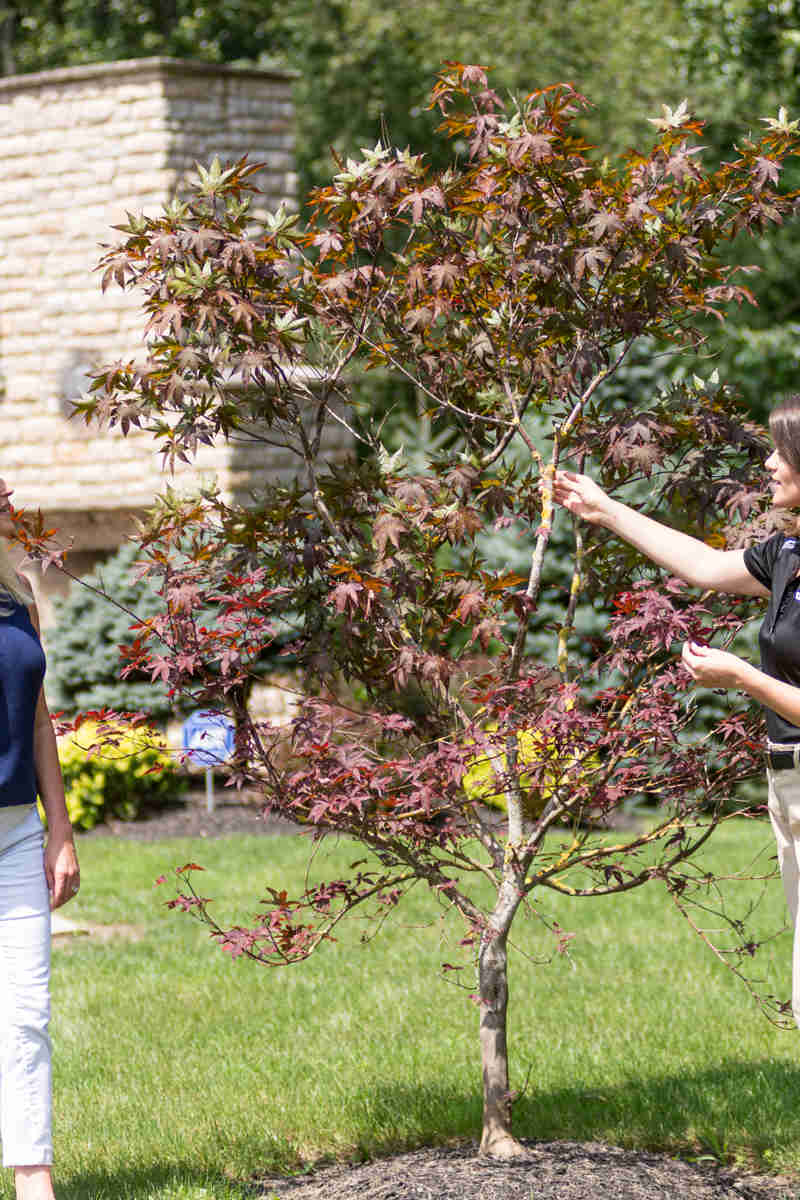What are Oak Galls?
Oak galls are abnormal plant growths found on foliage and twigs that are produced by small oak gall wasps. Shapes of galls vary from spherical to urn-shaped to star-shaped to fuzzy. Inside the galls are the eggs and larvae of the insects. Galls are made of plant material and vary in colors of yellow and green and turn tan-brown as the development continues. Galls will eventually brown and die once the adult insect emerges.
Hosts:
Oak galls can be found on many species of oak trees.
Biology & Symptoms:
Galls are made of plant tissue and form when an insect secretes a chemical that causes interference with normal plant cell growth. Adults lay eggs in expanding tree buds and leaves in the spring. The larvae then feed, pupate and emerge from the gall as adult wasps. Fortunately, galls do not cause significant damage to trees. Some leaves may drop prematurely.
Oak Gall Management:
Pruning twigs that host oak galls is a simple and effective way to help stop the cycle. Galls on fallen leaves can also host the responsible insect, so it may also help to collect and destroy fallen leaves near infested trees. Once a gall has started forming, it is difficult to stop. Pesticides may be helpful in preventing gall producing insects. To see which management service is best for your oak trees, consult your local arborist.





